Recently John Lennon’s tooth sold at auction in London for more than $30,000. A Canadian dentist, Michael Zuk, bought the decayed molar which had been put up for sale by the daughter of Lennon’s former housekeeper. Back in the 1960’s, Lennon had asked his housekeeper to throw out the tooth but then he told her to give the tooth to her daughter, a Beatles fan. (For other Beatles fans, you might enjoy my next post, FIVE REASONS WHY I LOVE JOHN LENNON’S WILL and ONE REASON WHY I LOVE YOKO ONO. Yes, seriously.)
Dr. Zuk (who has written a book about celebrity teeth) announced that he would display the tooth in his office and take it on tour to other offices and dental schools. This news has made me ridiculously happy because Dr. Zuk is doing just what our ancestors did when they preserved and venerated the body parts of beloved decedents! The bones, teeth, hair (and other human bits) as well as the belongings of these decedents were housed in beautiful containers called reliquaries. According to Wikipedia, many cultures and religions have a tradition of creating reliquaries. In fact, I would wager that most major museums have some reliquaries in their inventories because there are so dang many of them. Last winter I used up my camera battery at the Museum of the Middle Ages in Paris, just taking photos of all the Roman Catholic reliquaries there.
Here are just a few of them. Note that some reliquaries (like the one in the middle) have a window that made seeing the relic possible, but other reliquaries do not.
One of the reasons that there are so many reliquaries is that relics were “big business” in Europe during the Middle Ages. People who needed help, would go on pilgrimages (which they still do today, see Santiago de Compostela and the Hajj) to churches all over Europe and the Holy Land to pray for help from the saints whose relics were housed in the churches. The churches made money from the pilgrims, so it paid to have a relic or two on hand. It cracked me up to learn that souvenirs were popular even back in the Middle Ages, when churches used to sell “badges” that pilgrims would sew to their clothing, as souvenirs of their visit. Here are two badges that were mementos of a pilgrimage to the relics of St. Adrian during the mid-1400’s:
According to historian Vanessa King, who gave a great lecture about British pilgrims at the British Museum last summer, there were a lot of fake relics floating around. For example, more than a dozen churches in Europe each claimed to have Christ’s foreskin! Other churches claimed to have pieces of his umbilical cord and hair from his beard.
I really hope we get to see the reliquary that Dr. Zuk selects to house his costly tooth. I’d love to give him some ideas – for example, many reliquaries actually resemble the body part they contain.
Here is the arm-shaped reliquary that contains St. Valentine’s arm bone (it has a window on the other side).
And this reliquary contained St. Adelbard’s foot – it is in the Museum of the Middle Ages in Paris.
This reliquary contained St. Bridget’s shoe. I found it in the National Museum of Ireland, in Dublin.
On the other hand, some reliquaries resemble (realistically or not) the decedent whose relics they hold.
These reliquaries contain the skulls of three Belgian saints from the early 1500’s. You can visit them at the Cloisters, here in NYC.
And this beautiful and extremely important piece is a Fang reliquary sculpture from Gabon. You can read more about her by clicking on the photo.
Check out this blingy reliquary containing bits of Saint Yrieix (what a great name). It was made of silver, gold and gems in France in the early 1200’s.
Sometimes whole buildings were erected to house relics. Buddhists fashioned beautiful structures called stupas to house relics from the Buddha and other holy people. Here is a photograph of the oldest stupa in existence – the Dhamek Stupa in Sarnath, India (where the Buddha famously gave his first sermon after attaining enlightenment). It was originally erected in the year 500!
Here’s another photograph of a cool stupa that I liberated from Wikipedia:
Someday I would love take a stupa tour, but for now, I can say the most remarkable relic-containing building I’ve ever seen in person is the Church of Sainte Chapelle in Paris. This church was built by King Louis IX in the mid-1200’s to contain his ginormous collection of relics. Louis IX was really aquisitive and he spent bazillions of “livres” buying relics and constructing the church. His grandest acquisition was the Crown of Thorns. The guide books advise to visit Ste. Chapelle on a sunny day and man, I was glad I did as instructed. It was a real pain in the derriere to gain access (long lines, Fort Knox-like security) but it sure was worth it. The church seems to be made mostly of Gothic stained glass. It was almost like being inside a kalidescope – the beauty takes your breath away. My photos do not do this place justice:
So Dr.Zuk has his work cut out for him. What form of reliquary will he select? A big bejewled tooth? A guitar-shaped container? A bust of Lennon with his tooth in situ? Or a stupendously ornate dentist’s office complete with Beatles muzak and stained-glass windows featuring extractions and implants? We can only wait and hope….


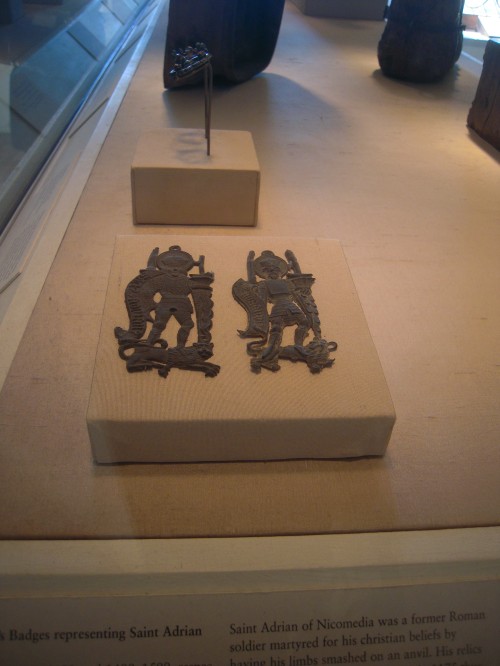


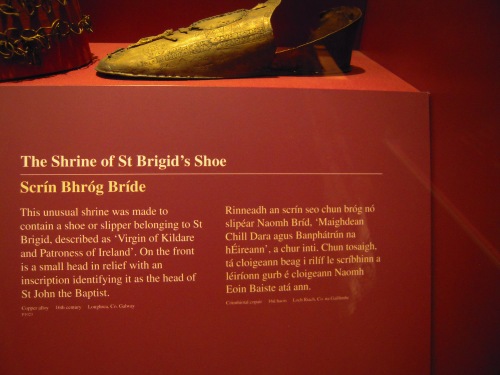
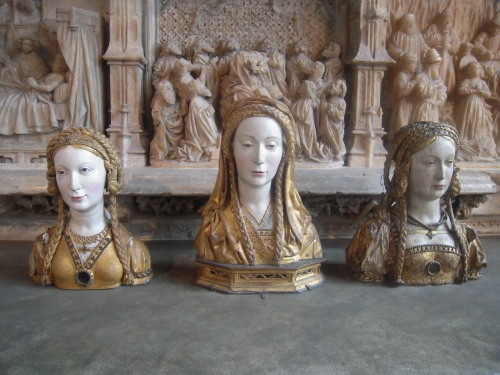
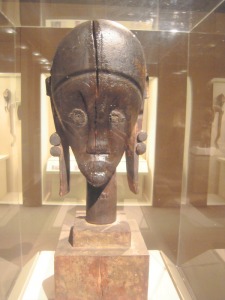
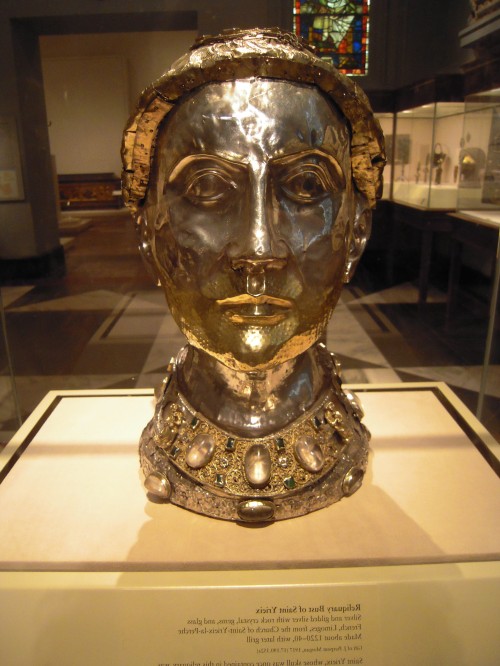



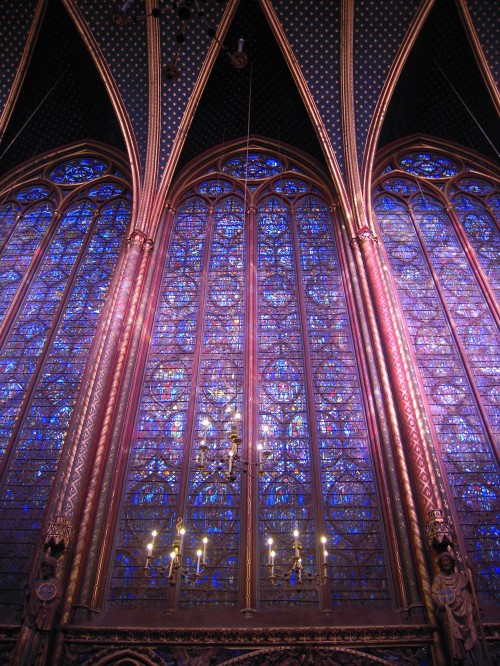
4 Responses to “John Lennon’s Tooth and Other Relics”